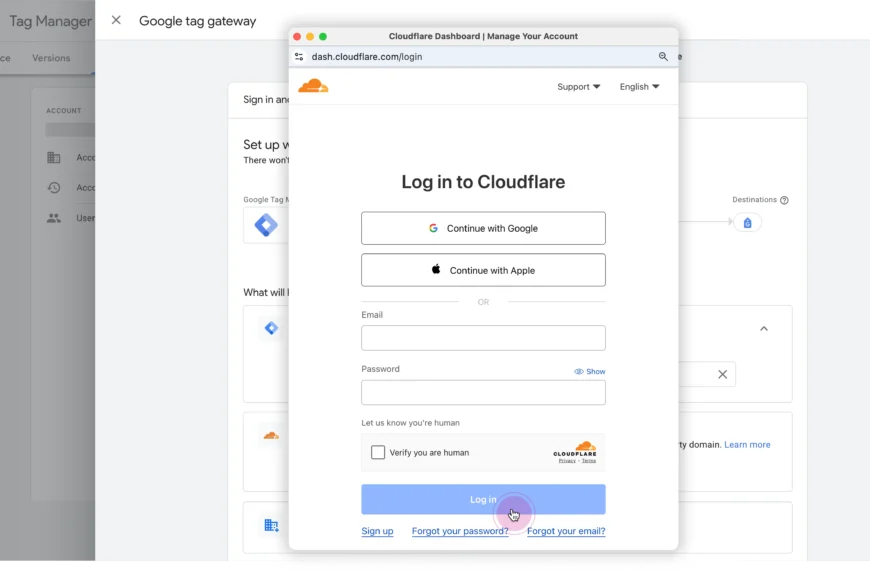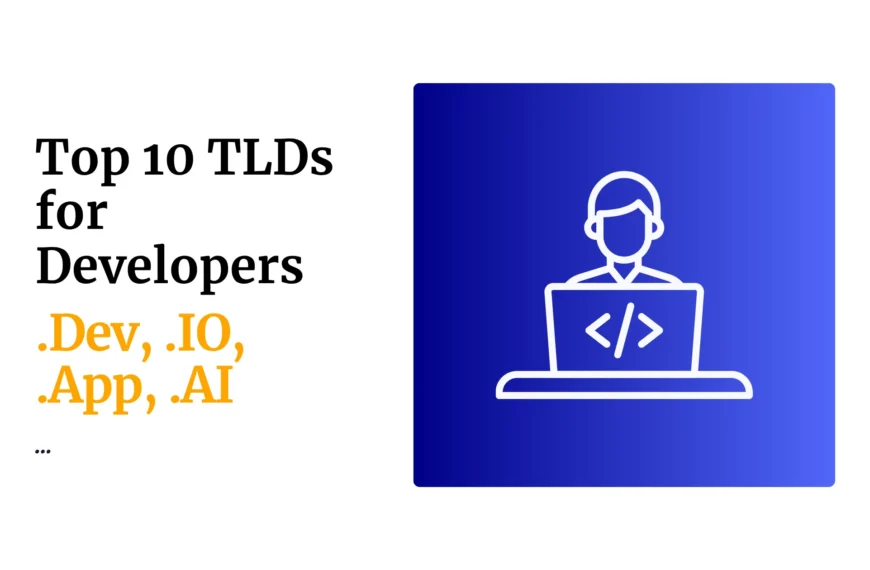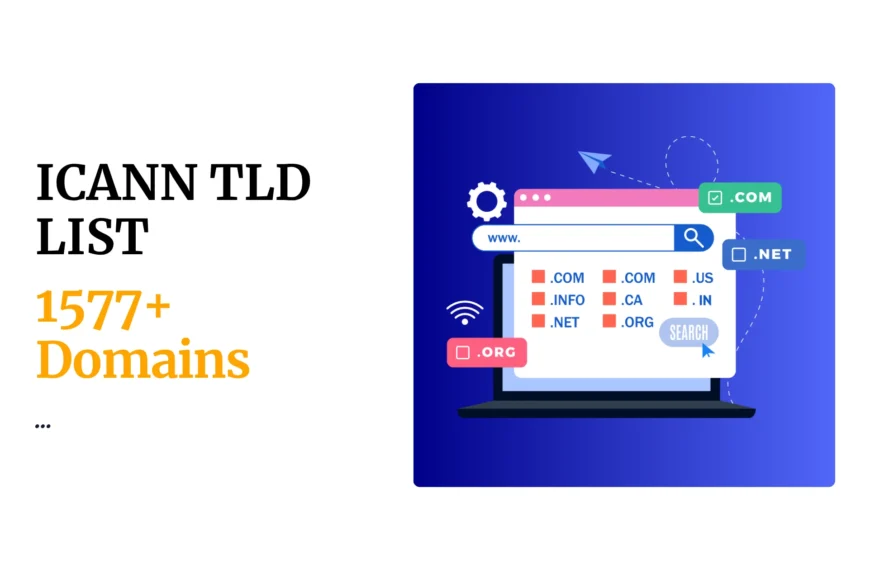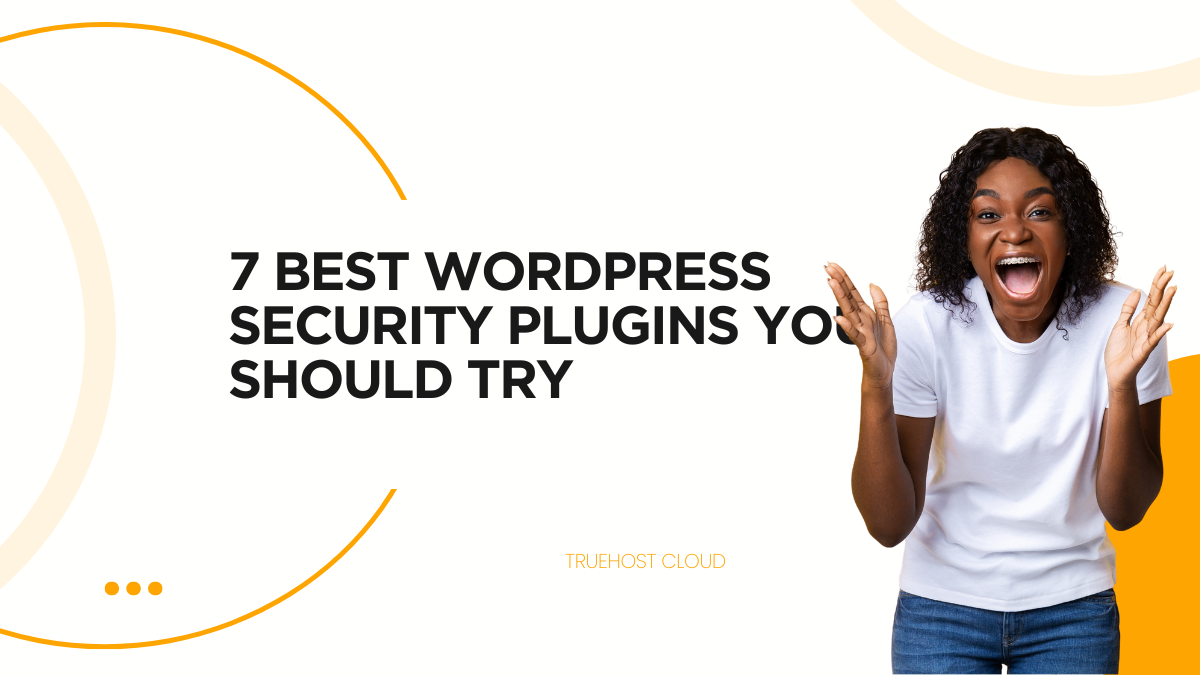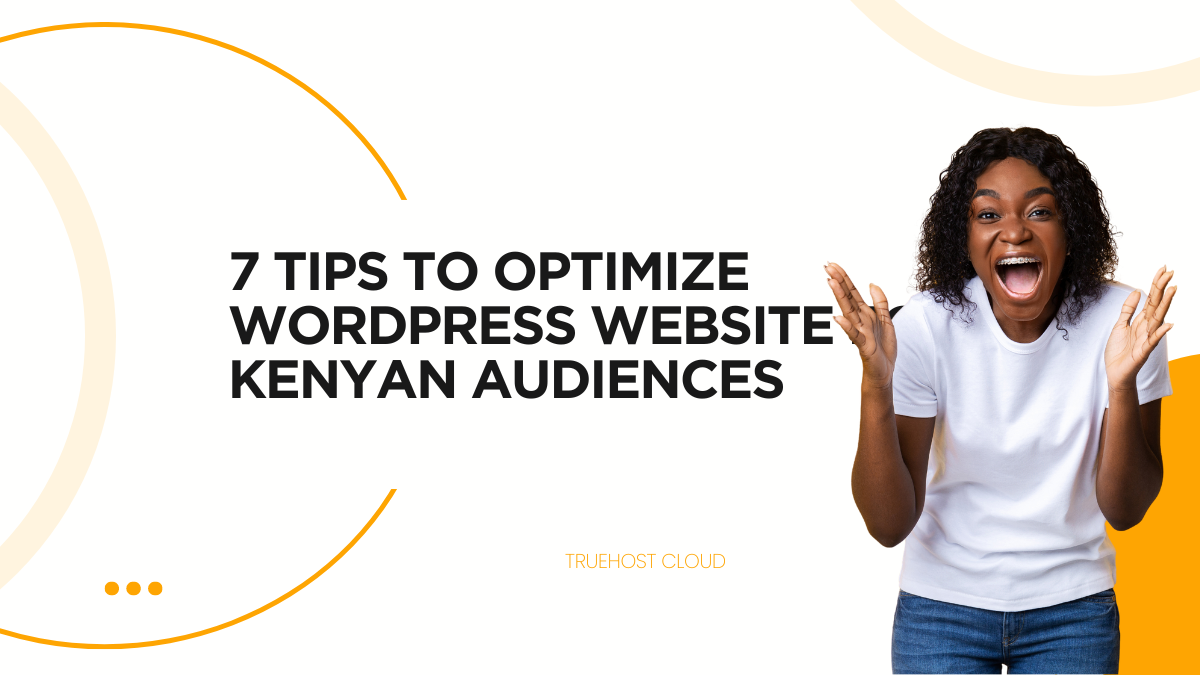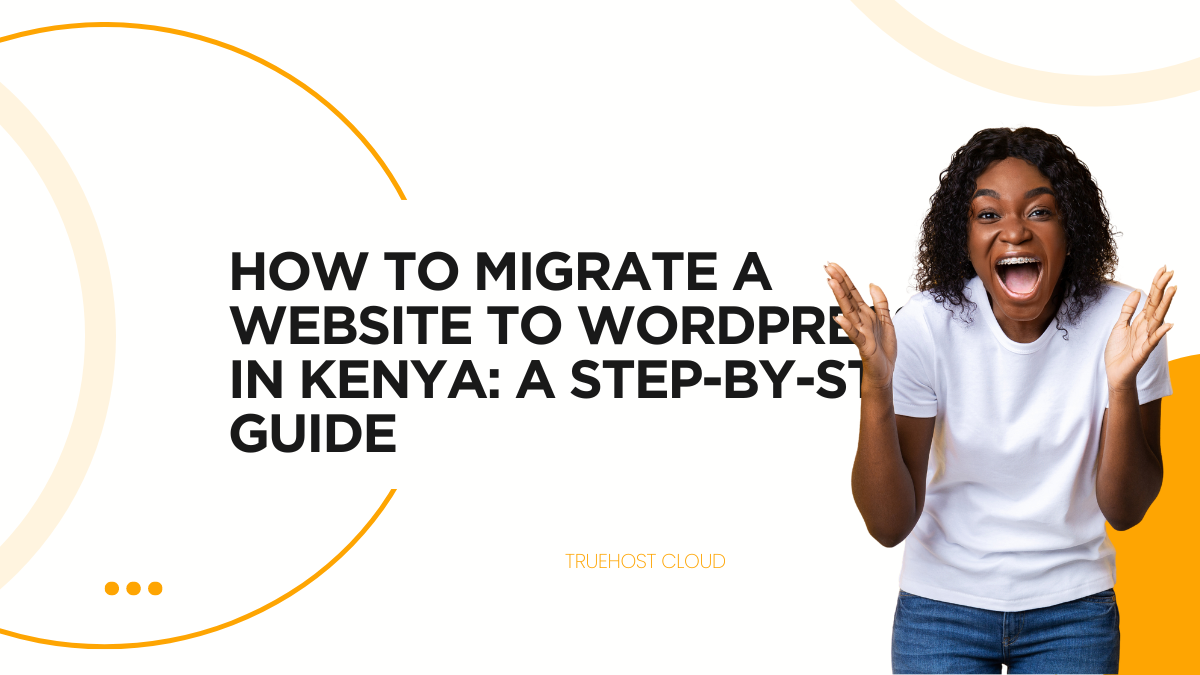Looking to start a WordPress blog? Or are you wanting to make your existing WordPress blog more secure and faster? Luckily, you can do some simple things to speed up your WordPress blog and make it more secure. This guide will walk you through some steps to do just that.
Why Is My WordPress Site Slow?
The first step to making a fast WordPress site is understanding what’s causing your WordPress site to be slow.
a). Your hosting could be the issue.
Shared hosts are notorious for being slow. Consider switching to managed WordPress or VPS hosting if you’re on a shared host.
b). Your theme could be the issue.
Most themes are filled with useless features and code that make them run slowly.
Try using a lightweight theme like GeneratePress or Astra instead of one of those bloated themes from ThemeForest (I used to use Avada for my blog, but it was so heavy I decided to switch away from it).
c). You might have too many plugins installed.
Plugins can also make your site slower if they aren’t coded well or if you have too many of them installed
d.) Images!
Large images can really slow down your site. Use a plugin like ShortPixel to optimize your images for faster loading times automatically.
How To Speed Up WordPress?
Now that you know why your site may be getting slower, here are some of the proven ideas to fix it.
1. Use a Caching Plugin
Caching is the process of storing data in a temporary location so that it can be accessed faster the next time it is needed.
Many WordPress caching plugins are available, but we recommend using WP Rocket or W3 Total Cache. Both plugins are easy to use and have a free version available.
2. Optimize Your Images
Images can often be the largest files on your website, so optimizing them for faster loading times is important.
You can use an image compression plugin like WP Smush or Kraken Image Optimizer.
These plugins will compress your images when you upload them to your website.
3. Use a Content Delivery Network.
A content delivery network (CDN) is a group of servers worldwide that deliver your website’s static files (images, CSS, JavaScript, etc.) to visitors based on their location.
This can help speed up your website because it reduces the distance data travels.
We recommend using Cloudflare or StackPath CDN. Both services have free plans available and are easy to set up.
4. Minimize HTTP Requests.
HTTP requests are made whenever a visitor loads a page on your website. The more files your pages have (images, CSS, JavaScript, etc.), the more HTTP requests will be made and the longer it will take for the page to load.
You can reduce HTTP requests by minifying your HTML, CSS, and JavaScript files. This means removing all unnecessary characters from the code (whitespace, comments, etc.) to make it smaller.
We recommend using Autoptimize or WP Fastest Cache for this task. Both plugins have free versions available.
5. Enable Gzip Compression
Gzip is a type of compression that can reduce the size of your website’s files by up to 70%.
This means that data will take less time to travel from your server to visitors’ browsers, which will speed up your website.
Most web servers have Gzip enabled by default, but you can check if yours does use this tool.
If it doesn’t, you can ask your host to enable it or add the following code to your .htaccess file:
# BEGIN GZIP COMPRESSION
<IfModule mod_gzip.c>
mod_gzip_on Yes
mod_gzip_dechunk Yes
mod_gzip_item_include file \.(html?|txt|css|js|php|pl)$
mod_gzip_item_include handler ^cgi-script$
mod_gzip_item_include mime ^text/.*
mod_gzip_item_include mime ^application/x-javascript.*
mod_gzip_item_exclude mime ^image/.*
mod_gzip_item_exclude rspheader ^Content-Encoding:.*gzip.*
</IfModule>
# END GZIP COMPRESSION
This works if you use an Apache server.
To access your .htaccess file, follow these steps:
- Log in to the Dashboard/cPanel of your website.
- Open the .htaccess file (or a config file in Nginx).
- Paste the corresponding code (given below) based on server type i.e., Apache or Nginx.
- Save changes, and you’re done.
Check your website again now by using compression testing software. This tool can significantly reduce your website’s file sizes and improve your homepage’s load time..
6. Reduce the Number of Plugins You Use
WordPress plugins are great because they can add new features to your website without you having to write any code.
However, each plugin adds additional files and can make your website slower.
So it’s important only to use the plugins that you really need. We recommend using no more than 20 plugins on a single WordPress site.
7. Optimize Your Database.
Your WordPress database stores all your posts, pages, comments, etc., so it can often become large and bloated over time.
This can slow down your website because data has to be retrieved from the database every time someone visits a page on your site.
Luckily, there are some easy ways to optimize your database and speed up your website:
Install a WordPress database optimization plugin like WP-Optimize or Advanced Database Cleaner. These plugins will delete unnecessary data from your database and optimize it for better performance.
If you have access to phpMyAdmin, you can optimize your database manually using the following SQL query: OPTIMIZE TABLE tablename; Replace “tablename” with the name of the table you want to optimize (usually “wp_posts” or “wp_comments”).
You can find a list of all your tables in phpMyAdmin under the “Structure” tab.
8. Use Excerpts Instead of Full Posts on Your Homepage/Archives
If you display full posts on your homepage or archives instead of excerpts (the first few sentences of each post), it can slow down your website because more data has to be retrieved from the database.
To change this, login to your WordPress dashboard and go to Settings » Reading.
Then under “For each article in a feed, show” select “Summary” or “Excerpt”.
9. Avoid Hotlinking Images.
Hotlinking is when someone includes an image from your website on their site using a URL. This can cause your server to become overloaded because it has to serve the same image to multiple websites.
To prevent hotlinking, you can add the following code to your .htaccess file:
RewriteEngine on
RewriteCond %{HTTP_REFERER} !^$
RewriteCond %{HTTP_REFERER} !^http://(www\.)example.com/.*$ [NC]
RewriteRule \.(gif|jpg|jpeg|bmp|zip|rar|mp3|flv|swf|xml|php|png|css|pdf)$ – [F]
Replace “example.com” with your own domain name. This code will block all hotlinking attempts except those coming from your website.
Read also: How to set up rules and redirects in .htaccess files in Cpanel.
What Makes Your WordPress Site Insecure?
Many factors can make a WordPress site insecure. Some of the most common include:
a) Using an outdated version of WordPress.
Outdated versions of WordPress are often full of security vulnerabilities that hackers can exploit. It’s important always to keep your WordPress installation up-to-date to maintain a high level of security.
b) Using insecure plugins and themes.
Just like with outdated WordPress installations, using old or poorly coded plugins and themes can introduce vulnerabilities that attackers can exploit.
Be sure to only use trusted plugins and themes from reputable sources.
c) Failing to configure security settings properly.
Many different settings within WordPress affect its overall security posture. If these settings are not configured correctly, it could open your site to attack.
d) Not using a security plugin.
Security plugins can help to harden your WordPress site against attacks and close up any potential vulnerabilities.
Be sure to install and activate a reputable security plugin on your site.
e) Not taking regular backups.
If your WordPress site is hacked or otherwise compromised, a recent backup can help restore it quickly. Be sure to take regular backups of your WordPress site to always recover from an attack.
f) Using weak passwords.
Using weak or easily guessed passwords is one of the easiest ways for hackers to access your WordPress site. Be sure to use strong, unique passwords for all accounts associated with your WordPress installation.
g) Not protecting against brute force attacks.
Brute force attacks are a common way for attackers to access WordPress sites. By taking steps to protect against these types of attacks, you can help keep your site secure.
h) Not keeping WordPress up to date.
As mentioned previously, it’s important to keep your WordPress installation up-to-date to maintain a high level of security. Failing to do so can leave your site open to attack.
i) Using insecure hosting.
If you’re using an unreliable or unsecure web host, it could put your WordPress site at risk. Be sure to choose a reputable and secure web host for your WordPress site.
j) Not monitoring your site for changes.
If you’re not regularly checking your WordPress site for changes, you may not notice if it’s been hacked or otherwise compromised. Be sure to monitor your site closely so that you can quickly take action if an attack does occur.
7 Ways to Keep Your WordPress Blog Secure and Up-To-Date
1. Install a WordPress security plugin
There are many great plugins available that can help you secure your WordPress site. Some of our favorites include:
- Wordfence Security
- BulletProof Security
- iThemes Security (formerly Better WP Security)
2. Use strong passwords and two-factor authentication.
One of the most important things you can do to keep your blog safe is to use strong, unique passwords for each associated account (including hosting, email, social media accounts, etc.).
We also recommend using two-factor authentication whenever possible as an additional layer of security. You can read more about how to choose a strong password here.
3. Keep your WordPress version up to date.
One of the most important things you can do to keep your blog safe is to ensure that you’re always running the latest version of WordPress.
New versions are released regularly and often include security fixes for vulnerabilities discovered since the previous release.
You should also ensure that all themes and plugins are kept up-to-date, as these can also introduce security risks if they’re not properly maintained.
4. Perform regular backups of your site content and database.
Accidents can happen no matter how well you take care of your blog. That’s why it’s important to perform regular backups of your site content and database.
This way, if something does go wrong, you’ll be able to quickly restore your blog from a recent backup and minimize any damage that may have been done.
5. Don’t use nulled or pirated themes/plugins on your WordPress site.
One of the most common ways hackers gain access to WordPress sites is through vulnerabilities in nulled (pirated) themes and plugins.
These are often free online but aren’t licensed properly, meaning they haven’t undergone the same security audits as their paid counterparts.
As a result, they can often contain hidden code that allows hackers to take over your site if you’re not careful.
6. Be cautious when installing plugins and themes from untrusted sources.
In addition to nulled/pirated themes and plugins, it’s also important to be cautious when installing any plugin or theme from an untrusted source.
Even if the code appears clean at first glance, it could still contain malicious code that could give someone else access to your blog without you realizing it.
Only install WordPress themes and plugins from trusted sources (like the official WordPress Plugin Directory) to reduce the risk of being hacked in this way.
7 . Use a web application firewall on your WordPress site
A web application firewall (WAF) is a security system that sits between your WordPress site and the rest of the internet.
It acts as a barrier, blocking malicious traffic before reaching your site. This can be an effective way to protect your blog from many common types of attacks, including SQL injection and cross-site scripting (XSS).
In conclusion, following these 25 awesome tips will help you have a fast and secure WordPress blog. Taking the time to set up your blog correctly from the start will save you time and headaches down the road. So don’t wait. Get started today!
 Domain SearchInstantly check and register your preferred domain name
Domain SearchInstantly check and register your preferred domain name Web Hosting
Web Hosting cPanel HostingHosting powered by cPanel (Most user friendly)
cPanel HostingHosting powered by cPanel (Most user friendly)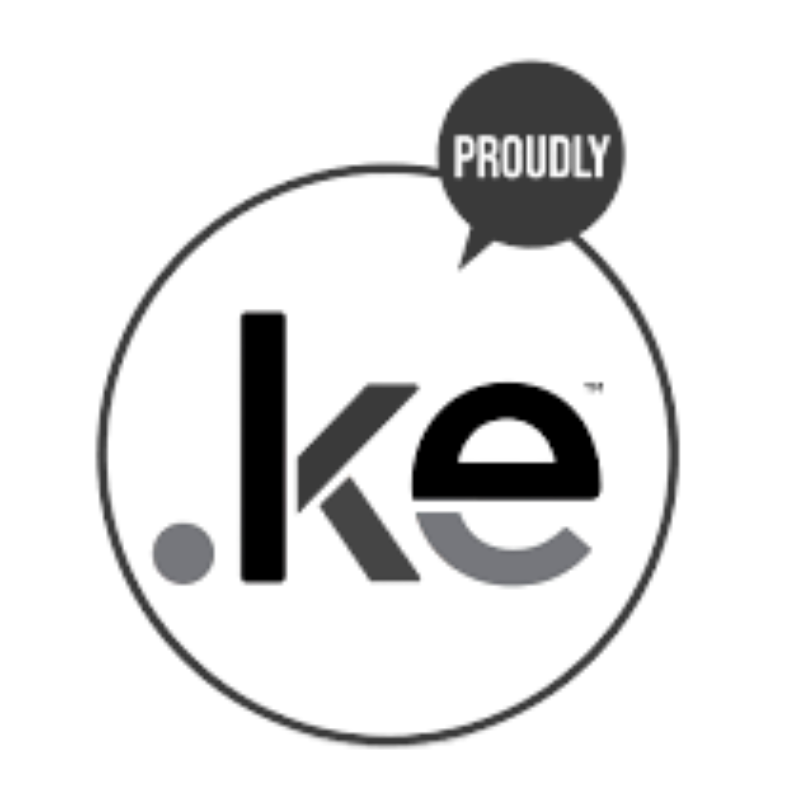 KE Domains
KE Domains Reseller HostingStart your own hosting business without tech hustles
Reseller HostingStart your own hosting business without tech hustles Windows HostingOptimized for Windows-based applications and sites.
Windows HostingOptimized for Windows-based applications and sites. Free Domain
Free Domain Affiliate ProgramEarn commissions by referring customers to our platforms
Affiliate ProgramEarn commissions by referring customers to our platforms Free HostingTest our SSD Hosting for free, for life (1GB storage)
Free HostingTest our SSD Hosting for free, for life (1GB storage) Domain TransferMove your domain to us with zero downtime and full control
Domain TransferMove your domain to us with zero downtime and full control All DomainsBrowse and register domain extensions from around the world
All DomainsBrowse and register domain extensions from around the world .Com Domain
.Com Domain WhoisLook up domain ownership, expiry dates, and registrar information
WhoisLook up domain ownership, expiry dates, and registrar information VPS Hosting
VPS Hosting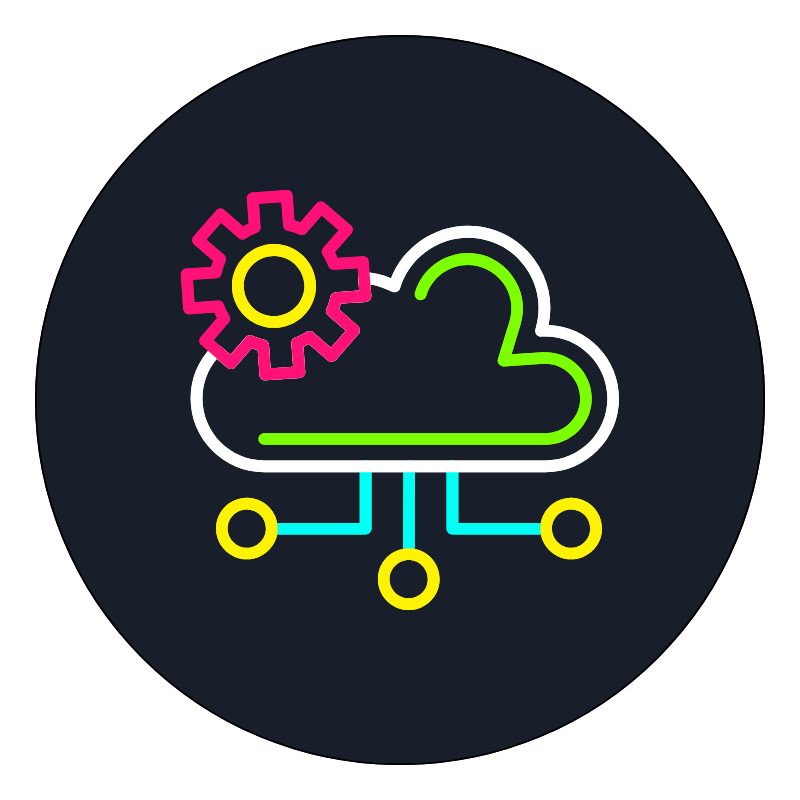 Managed VPSNon techy? Opt for fully managed VPS server
Managed VPSNon techy? Opt for fully managed VPS server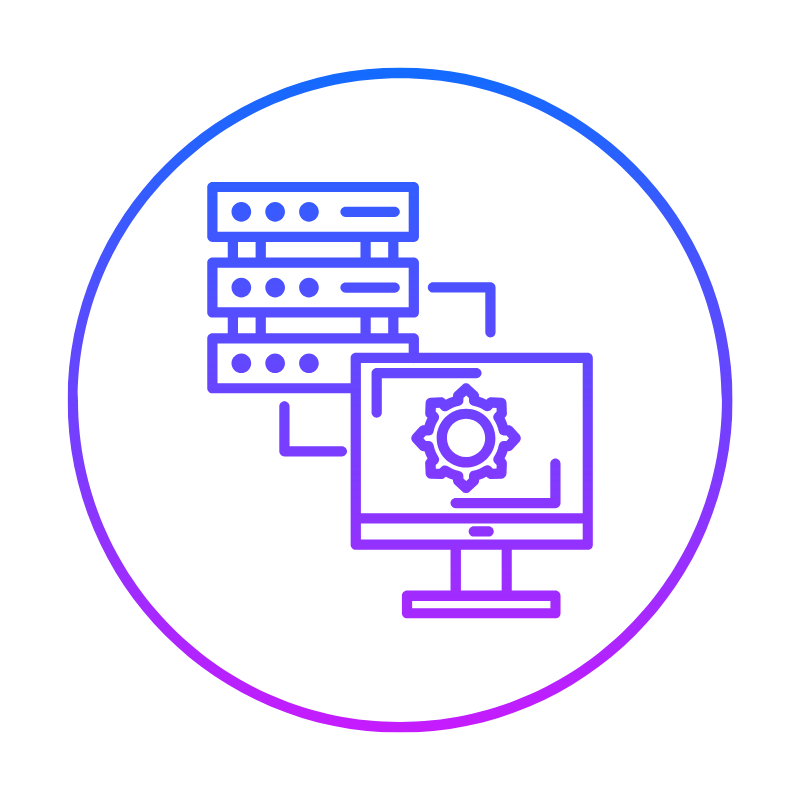 Dedicated ServersEnjoy unmatched power and control with your own physical server.
Dedicated ServersEnjoy unmatched power and control with your own physical server.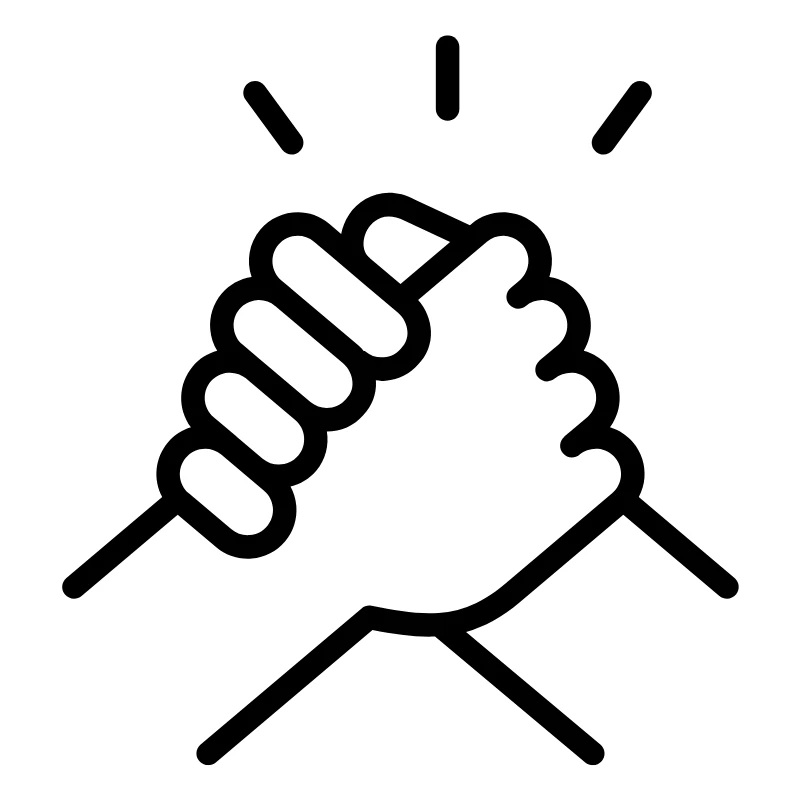 SupportOur support guides cover everything you need to know about our services
SupportOur support guides cover everything you need to know about our services

